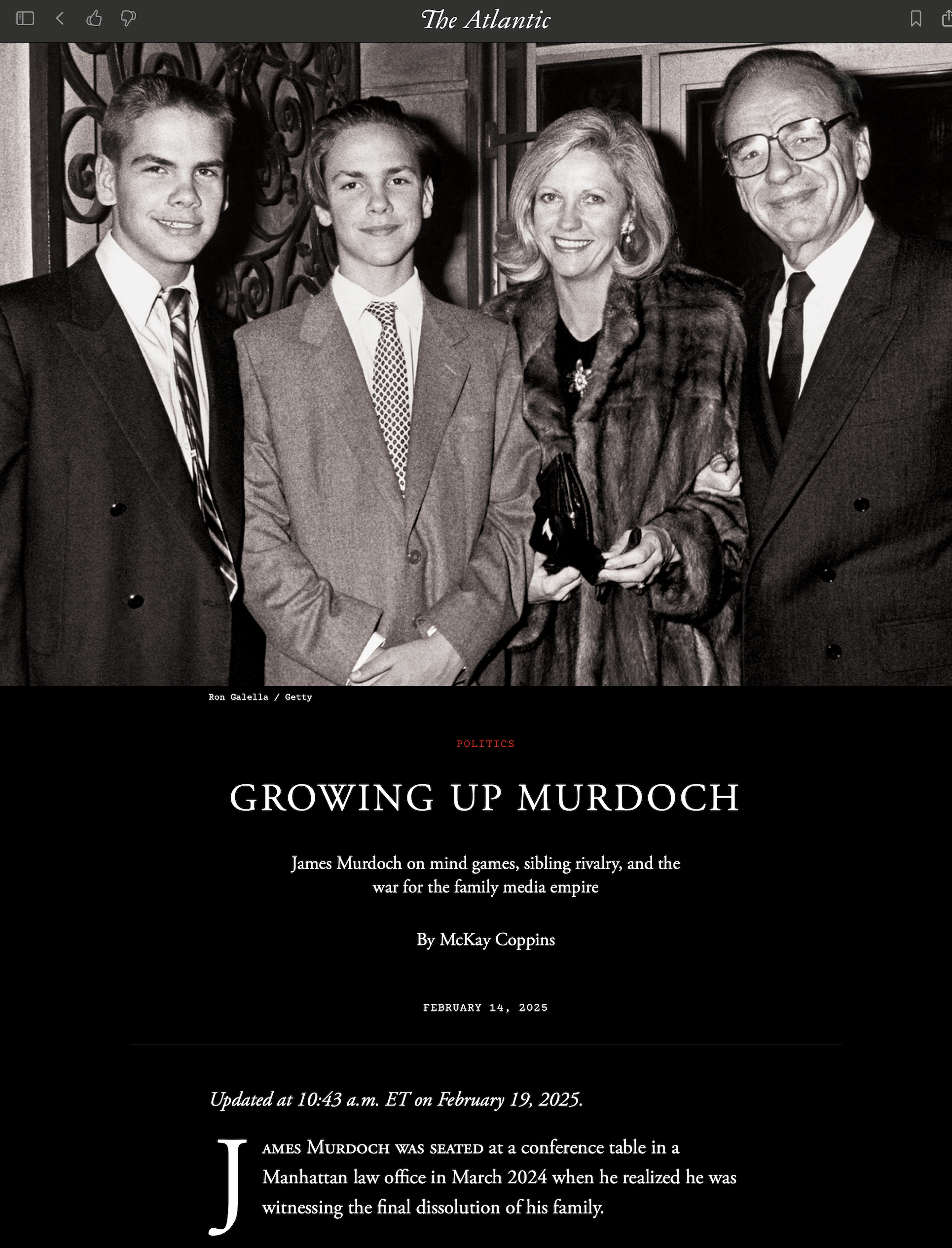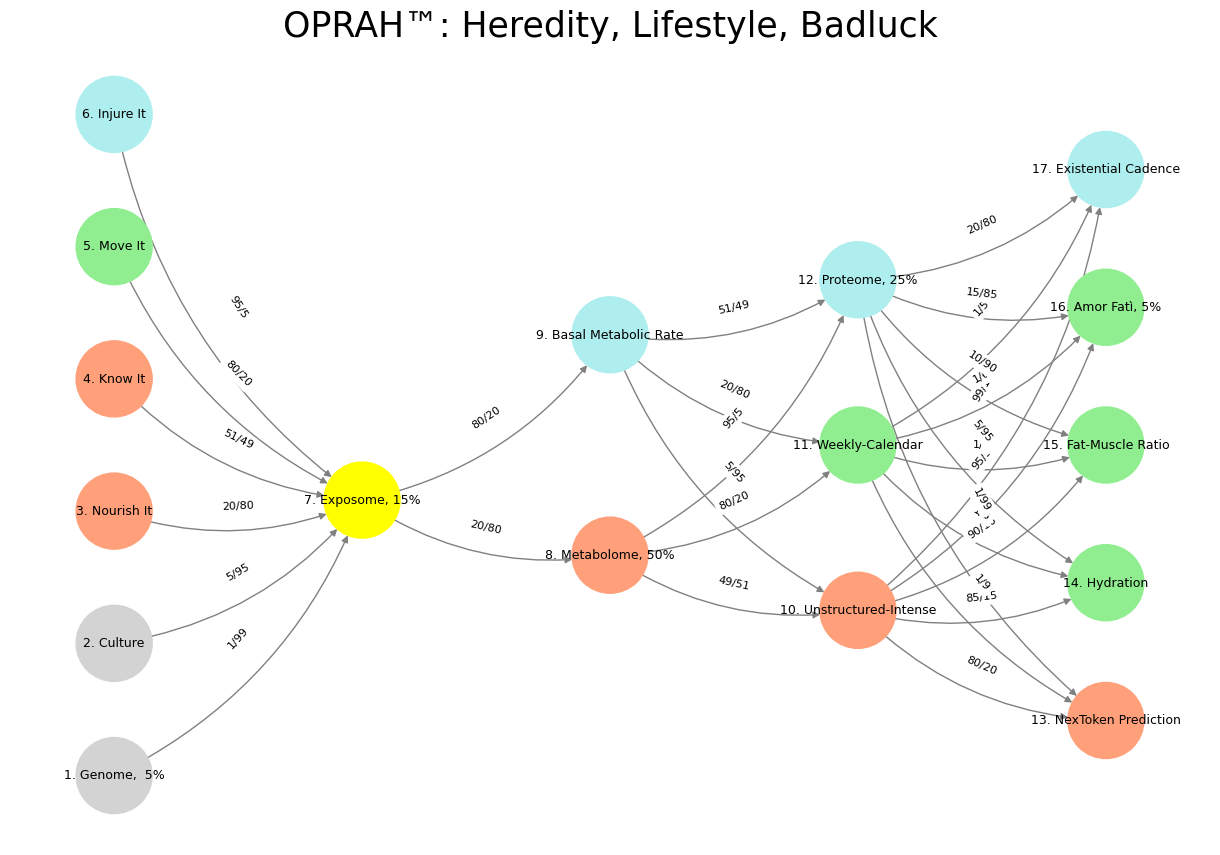Transvaluation#
Jean Renoir’s La Grande Illusion was the eulogy for an entire order, the Ancién Régime gasping its last breath in the trenches of the First World War. Aristocrats like Captain de Boeldieu, with their courtly manners and their rigid sense of duty, found themselves outmaneuvered not by superior strategy but by the mere indifference of history. The film’s final blow to the preordained social structure was delivered not with violence but with quiet inevitability: the realization that birthright, once the supreme determinant of fate, was no longer sufficient currency in a world shaped by industrialization and mass mobilization. The battlefield had reduced them to mere men, their noble lineage dissolving into the mud and mechanized death of total war. Renoir’s framing was gentle yet unsparing—de Boeldieu’s tragic, almost ceremonial death was not the sacrifice of a man dying for a cause but the vanishing of an entire class before forces they could not control.
If La Grande Illusion chronicled the death of the aristocracy as a ruling class, The Rules of the Game (1939) chronicled the death of humanity’s supremacy as an agentic force. In this scathing dissection of French society on the precipice of collapse, Renoir constructed a world in which human beings were already mere components in a vast, intricate machine—predictable, doomed, moving toward catastrophe with the inexorability of a clockwork mechanism. The film’s true horror was not that the characters were blind to their fate but that they danced toward it with gleeful resignation. The interplay of metabolome (the unseen biochemical churn governing life), proteome (the biological expressions of the body’s code), and amor fati (the acceptance of fate, however brutal) painted a portrait of existence no longer dictated by will but by metabolic and ecological determinism. Supervised machines—airplanes, instruments of war—had begun to dictate fate, while unsupervised ones—the player piano—mocked the illusion of agency altogether. The Rules of the Game was not a warning. It was a requiem for the humanist ideal.

Fig. 23 Veni-Vidi, Veni-Vidi-Vici. In realms where ignorance prevails, tactical maneuvers—bluffs, postures, or calculated provocations—can exploit an adversary’s sympathetic nervous system, unveiling glimpses of their resources and resilience. Yet, in games rich with informational asymmetry, strategic approaches dominate, transcending superficial gambits. Consider the testator who, rather than indulging in the hollow theatrics of a King Lear or Donald Trump, crafts a bequest as a legally binding framework, setting the stage for inheritance’s adversarial, transactional, and cooperative dynamics. This strategic bequest compels heirs to navigate alliances and rivalries, echoing the Machiavellian dramas of Rupert Murdoch’s “Succession,” MAGA’s chaotic pageantry, and Lear’s tragic folly. JD Vance may lead the MAGA race today, but Trump’s resolute “no” to his heir apparent status leaves the game unsettled—a reminder that in strategy, as in life, certainty is fleeting. I concur. Source: DeepSeek#
The irony of Renoir’s prophetic vision is that the world that followed absorbed his critique but refused to learn from it. The 20th century, far from being the dawn of a new enlightenment, proved instead to be the entrenchment of a new form of hierarchy—one in which the masses were still bound by unseen forces, only now governed by information flows, markets, and, ultimately, machines. The Change of Guards that Renoir hinted at has accelerated beyond his imaginings. Where once the nobility sought to defend its hereditary power against the encroachments of the bourgeoisie, we now see the information elites—Rupert Murdoch among them—scrambling to maintain their grip over the narrative structures of an English-speaking world that is rapidly slipping beyond control. The battleground is no longer the aristocratic officer corps versus the industrialized army but the old media empires versus the emergent algorithmic consciousness of social networks and AI-generated information landscapes.
Murdoch’s insistence on Fox and its newspapers as the final bastions of conservatism against a homogenizing liberal media landscape is less about ideology than about legacy—his own and that of an age in which media barons could still shape reality. But the sheer momentum of technological evolution is indifferent to such intentions. Just as Renoir’s aristocrats were helpless before the tides of war and industry, Murdoch’s dynastic ambitions must contend with a world in which information spreads through decentralized networks beyond his ability to control. Project Harmony—the very name of the legal battle within the Murdoch empire—drips with irony, as it is not harmony but fragmentation that defines our current epoch. The battle is not merely over inheritance but over who—or what—will govern the next phase of civilization’s metabolism.
What Renoir grasped with uncanny prescience is that power shifts not in discrete revolutions but in slow, grinding realignments that are often imperceptible until they are complete. The aristocrats of La Grande Illusion did not recognize their irrelevance until it was too late. The society of The Rules of the Game was too enmeshed in its cycles of self-destruction to change course. And so, the Murdochs—like their predecessors—cling to the belief that they are steering history rather than being consumed by it. The unsupervised pianos of Renoir’s era have become the generative AI models of today. The supervised airplanes have evolved into algorithmic gatekeepers of knowledge, war, and commerce. Change of Guards is happening once more, and as before, those who believe they are in control are merely the last to realize they are already obsolete.
Show code cell source
import numpy as np
import matplotlib.pyplot as plt
import networkx as nx
# Define the neural network layers
def define_layers():
return {
'Suis': ['Genome, 5%', 'Culture', 'Nourish It', 'Know It', "Move It", 'Injure It'], # Static
'Voir': ['Exposome, 15%'],
'Choisis': ['Metabolome, 50%', 'Basal Metabolic Rate'],
'Deviens': ['Unstructured-Intense', 'Weekly-Calendar', 'Proteome, 25%'],
"M'èléve": ['NexToken Prediction', 'Hydration', 'Fat-Muscle Ratio', 'Amor Fatì, 5%', 'Existential Cadence']
}
# Assign colors to nodes
def assign_colors():
color_map = {
'yellow': ['Exposome, 15%'],
'paleturquoise': ['Injure It', 'Basal Metabolic Rate', 'Proteome, 25%', 'Existential Cadence'],
'lightgreen': ["Move It", 'Weekly-Calendar', 'Hydration', 'Amor Fatì, 5%', 'Fat-Muscle Ratio'],
'lightsalmon': ['Nourish It', 'Know It', 'Metabolome, 50%', 'Unstructured-Intense', 'NexToken Prediction'],
}
return {node: color for color, nodes in color_map.items() for node in nodes}
# Define edge weights (hardcoded for editing)
def define_edges():
return {
('Genome, 5%', 'Exposome, 15%'): '1/99',
('Culture', 'Exposome, 15%'): '5/95',
('Nourish It', 'Exposome, 15%'): '20/80',
('Know It', 'Exposome, 15%'): '51/49',
("Move It", 'Exposome, 15%'): '80/20',
('Injure It', 'Exposome, 15%'): '95/5',
('Exposome, 15%', 'Metabolome, 50%'): '20/80',
('Exposome, 15%', 'Basal Metabolic Rate'): '80/20',
('Metabolome, 50%', 'Unstructured-Intense'): '49/51',
('Metabolome, 50%', 'Weekly-Calendar'): '80/20',
('Metabolome, 50%', 'Proteome, 25%'): '95/5',
('Basal Metabolic Rate', 'Unstructured-Intense'): '5/95',
('Basal Metabolic Rate', 'Weekly-Calendar'): '20/80',
('Basal Metabolic Rate', 'Proteome, 25%'): '51/49',
('Unstructured-Intense', 'NexToken Prediction'): '80/20',
('Unstructured-Intense', 'Hydration'): '85/15',
('Unstructured-Intense', 'Fat-Muscle Ratio'): '90/10',
('Unstructured-Intense', 'Amor Fatì, 5%'): '95/5',
('Unstructured-Intense', 'Existential Cadence'): '99/1',
('Weekly-Calendar', 'NexToken Prediction'): '1/9',
('Weekly-Calendar', 'Hydration'): '1/8',
('Weekly-Calendar', 'Fat-Muscle Ratio'): '1/7',
('Weekly-Calendar', 'Amor Fatì, 5%'): '1/6',
('Weekly-Calendar', 'Existential Cadence'): '1/5',
('Proteome, 25%', 'NexToken Prediction'): '1/99',
('Proteome, 25%', 'Hydration'): '5/95',
('Proteome, 25%', 'Fat-Muscle Ratio'): '10/90',
('Proteome, 25%', 'Amor Fatì, 5%'): '15/85',
('Proteome, 25%', 'Existential Cadence'): '20/80'
}
# Calculate positions for nodes
def calculate_positions(layer, x_offset):
y_positions = np.linspace(-len(layer) / 2, len(layer) / 2, len(layer))
return [(x_offset, y) for y in y_positions]
# Create and visualize the neural network graph
def visualize_nn():
layers = define_layers()
colors = assign_colors()
edges = define_edges()
G = nx.DiGraph()
pos = {}
node_colors = []
# Create mapping from original node names to numbered labels
mapping = {}
counter = 1
for layer in layers.values():
for node in layer:
mapping[node] = f"{counter}. {node}"
counter += 1
# Add nodes with new numbered labels and assign positions
for i, (layer_name, nodes) in enumerate(layers.items()):
positions = calculate_positions(nodes, x_offset=i * 2)
for node, position in zip(nodes, positions):
new_node = mapping[node]
G.add_node(new_node, layer=layer_name)
pos[new_node] = position
node_colors.append(colors.get(node, 'lightgray'))
# Add edges with updated node labels
for (source, target), weight in edges.items():
if source in mapping and target in mapping:
new_source = mapping[source]
new_target = mapping[target]
G.add_edge(new_source, new_target, weight=weight)
# Draw the graph
plt.figure(figsize=(12, 8))
edges_labels = {(u, v): d["weight"] for u, v, d in G.edges(data=True)}
nx.draw(
G, pos, with_labels=True, node_color=node_colors, edge_color='gray',
node_size=3000, font_size=9, connectionstyle="arc3,rad=0.2"
)
nx.draw_networkx_edge_labels(G, pos, edge_labels=edges_labels, font_size=8)
plt.title("OPRAH™: Heredity, Lifestyle, Badluck", fontsize=25)
plt.show()
# Run the visualization
visualize_nn()

Fig. 24 Nvidia vs. Music. APIs between Nvidias CUDA (server) & their clients (yellowstone node: G1 & G2) are here replaced by the ear-drum (kuhura) & vestibular apparatus (space). The chief enterprise in music is listening and responding (N1, N2, N3) as well as coordination and syncronization with others too (N4 & N5). Whether its classical or improvisational and participatory (time), a massive and infinite combinatorial landscape is available for composer, maestro, performer, audience (rhythm). And who are we to say what exactly music optimizes (semantics)?#

